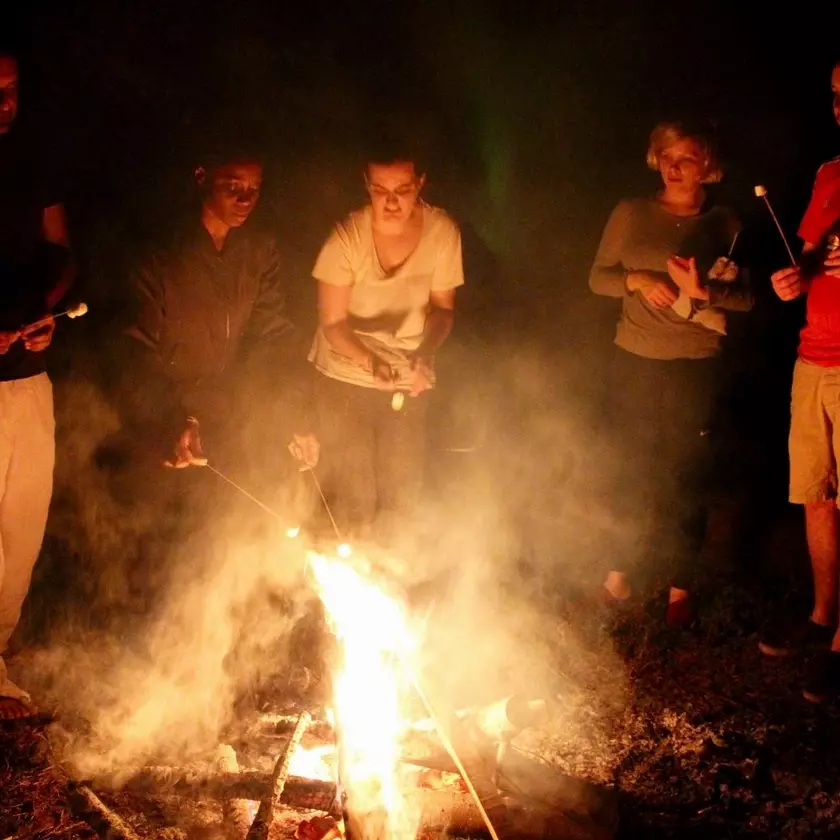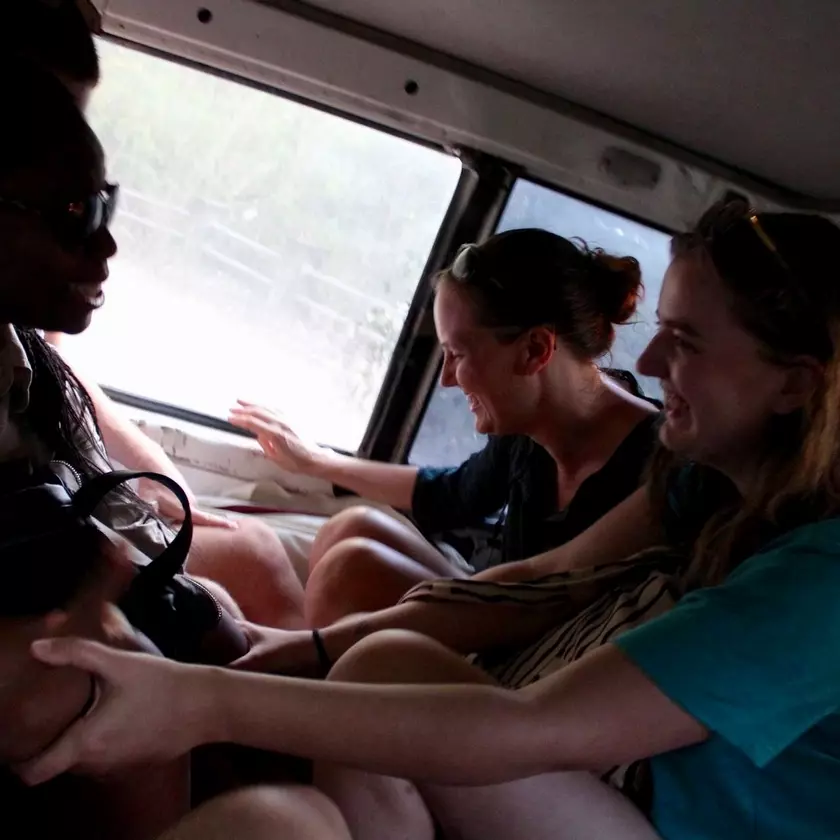Living in a Villa?
Whilst other headlines have pushed questions over the international aid sector down the news order, we still have a couple of suggestions for blog content from a few supporters related to the recent news which we wanted to honour and pick up on.
As our other blogs alluded to, the news soon broadened beyond issues solely about safeguarding, instead questioning the integrity of everything and anything to do with aid. How a charity spends it funds, the homes international aid workers live in, the cars we drive. Whilst I'd agree these are important issues and also sadly acknowledge that there are those agencies who in my opinion need to look at this; it is important to also recognise a very different reality. A reality of smaller charities like HHA that don't fit the current stereotype being painted by some media sources.
How our teams live
Generalising the aid industry like each NGO is one of the same, is a dangerous and unhelpful approach by some media outlets. It's like comparing the financial capacity of Manchester City and a Vauxhall Conference football team as the same. In one example, some have given an impression that all Haiti aid workers live in 5 star villas.
If HHA has ever had a complaint about our staff accommodation in Haiti, it's actually be the other extreme; that it's too basic and too primitive. With cold showers, communal bathrooms and basic bedrooms, I can assure you our teams aren't living the high life. In fact, off the back of a grant in 2011 by a donor, we refurbished a few old derelict buildings housing goats and rats into what is now our existing accommodation. We did so, with the exact purpose of ensuring we had affordable housing for our teams with no significant monthly overheads. Don't get me wrong, we're still incredibly privileged at the 'Volunteer Village' (as we call it) and 99% of guests who come and stay leave with some incredible and fond memories (like the bonfire above), but I think 100% would agree it's not a luxury, all-inclusive.
The HHA Car
After the earthquake in Haiti, I'll be honest...there was some level of frustration and grievance from smaller NGOs like ours. In HHAs case we'd been working in Haiti for 3-4 years by that stage, had a competent Haitian team leading our work, strong relationships with high level groups like the Ministry of Health to grass root organisations in the heart of slums. Yet, because our charitable income didn't reach an acquired amount, we weren't eligible for some of the larger funds, which instead went to some groups with no prior experience of working in Haiti. Funds that have since come into question and in certain cases totally justifiably. But, generalised statements that all Haiti aid workers drive round in brand new 4x4 Landcruisers simply isn't true.
On that front, I do have a confession. HHA have a 4x4 Landcruiser, but before you judge...it's an old ambulance we originally donated to the hospital which after years of service in hurricanes, the earthquake, cholera etc. became unfit for purpose. So, when we could afford a new ambulance for the hospital, the HHA team commandeered the old, out of service one. It's got character but not convinced it'd do so well in an MOT. Even on my last visit to Haiti it broke down. But, I've got to say we're not in the minority. When it comes to smaller NGOs like HHA in north Haiti, you'll find many staff sharing the same transport methods as the local community, jumping on and off of tap taps and moto taxis, walking, cycling. It's not all private chauffeurs and blacked out windows.
Overheads
Particularly in relation to UKaid funding from the UK Government, huge questions have again been asked about the overheads of aid agencies, related to items apparently like those big cars and fancy villas. In our last audited accounts, only 11% of HHAs income was spent on items people would view as 'overheads.' But, if our above claims about HHA accommodation and cars is true, what are these costs? Well, basically anything not directly related to our programme costs, though one could argue everything is related...though that's another blog. It's things like carrying out an external audit so we can fulfil UK charity law and show we're using funds transparently. Activities like spending money on a fundraising event and leaflets so we can raise more funds for the projects. HHA have always sought to keep these costs to a minimal and we should emphasise, that in a case when someone restricts a gift and says they want 100% to go purely to a specific project in Haiti, 100% of their donation does exactly that without contributing to these other costs.
Whilst HHA and other smaller NGOs we know do keep these costs down and try and follow good practise with a reserves policy to overcome seasonal cash flow challenges, many (including us at times) walk on a budget tight rope, often punching above our weight thanks to generous donors and generous aid workers. You may be questioning what I mean by a generous aid worker. Well, you may be surprised to know that many of our team in Haiti over the years have given up a year or two voluntarily. At times when a grant has supported personnel, some of our Haiti team have received salaries (as they deserve), but for many others, they've simply worked for free. In fact, beyond that, in a totally counter culture way you won't have seen the media report on. Some have even funded their being in Haiti from their own money, going as missionaries. Why? Because despite what some newspapers would say, there are still some incredible folk out there who care deeply and passionately about those they feel called to serve. Not a job related calling. But a missional calling. A calling which often leaves them financially poorer and comes with lots of other challenges...leaving family and friends, dealing with the Haitian sensation (stomach issues) etc.
So, whilst we welcome the opportunity to look at how the aid sector could improve and in many cases, needs to improve, lets try to avoid generalised statements and judge each group by its own individual strengths and weaknesses.



